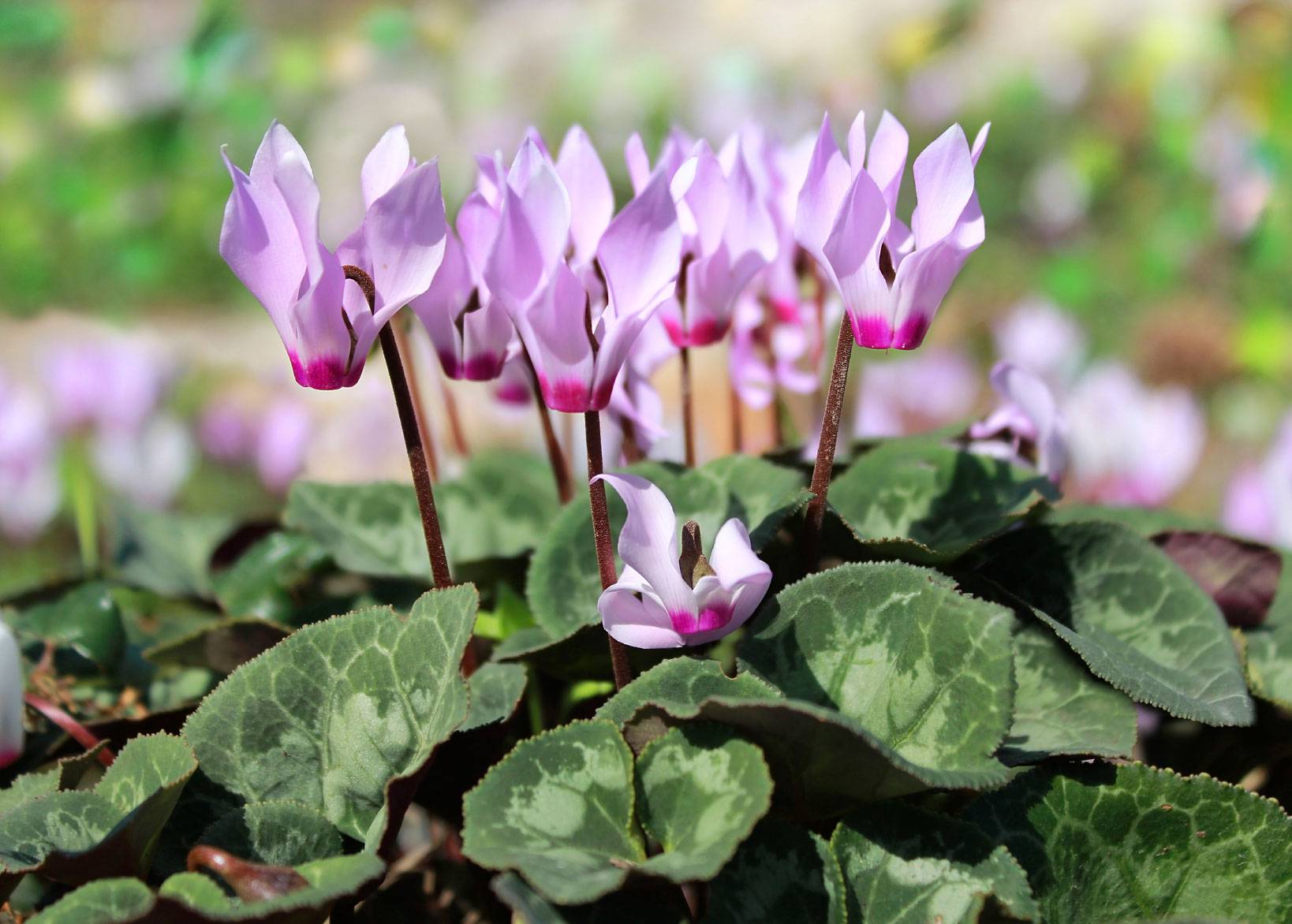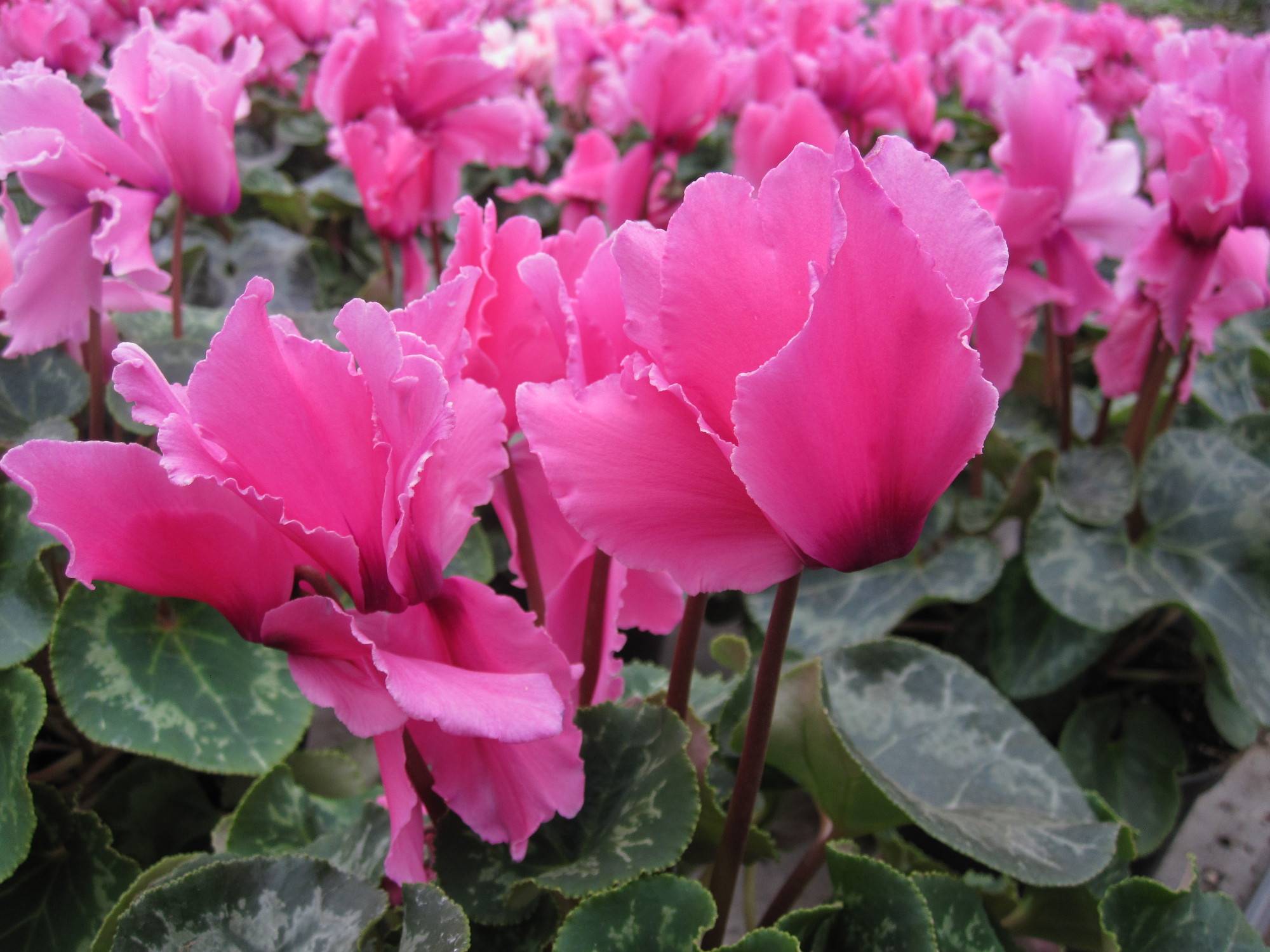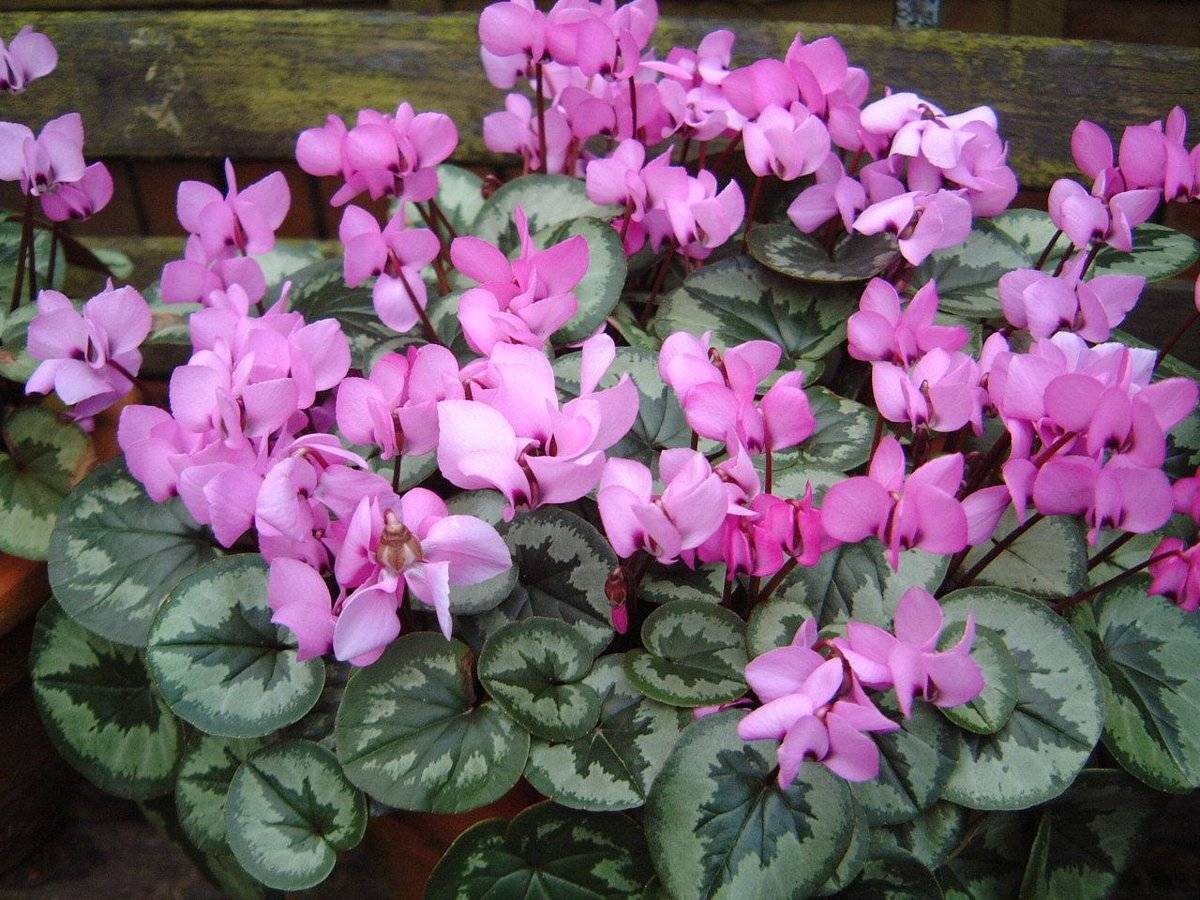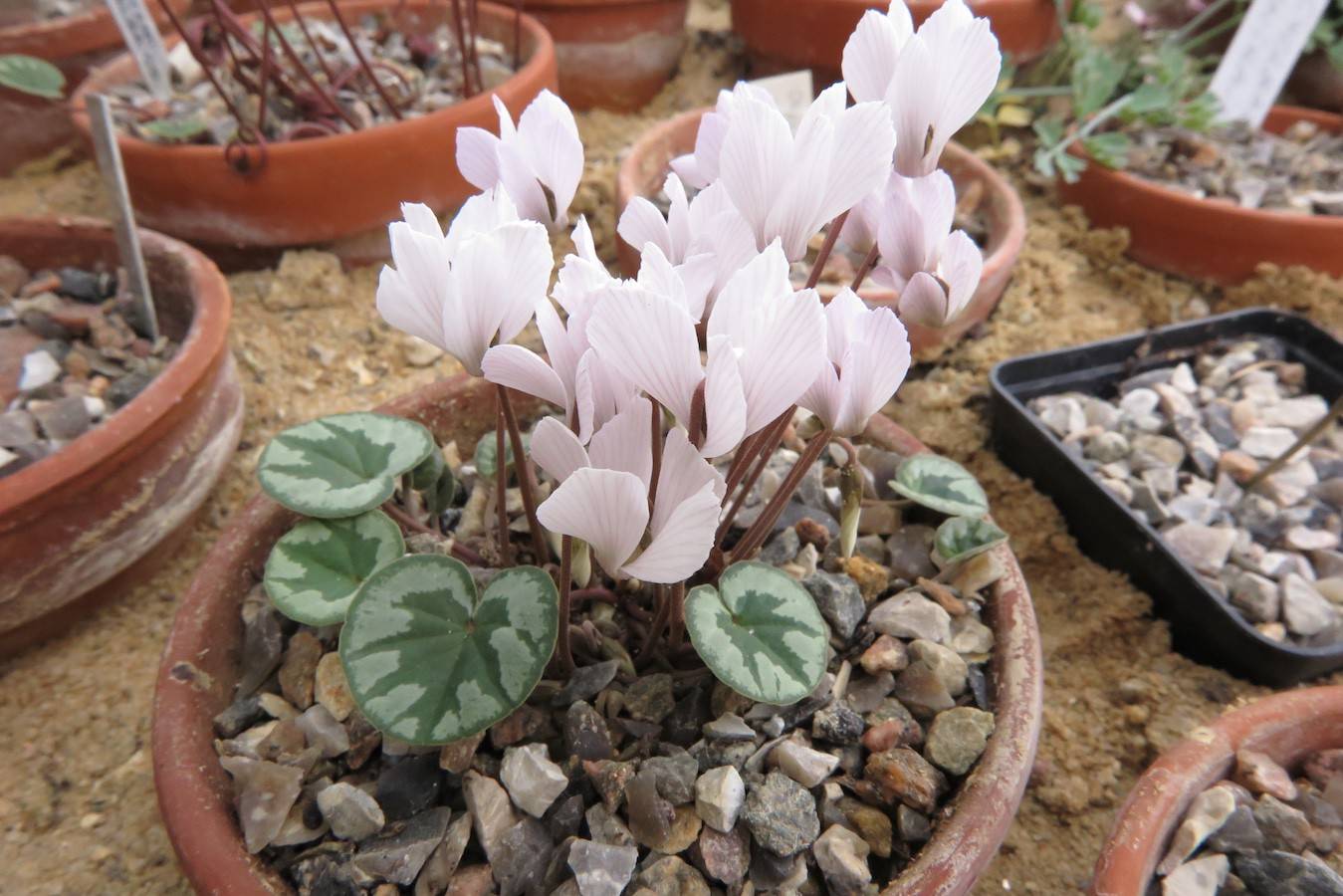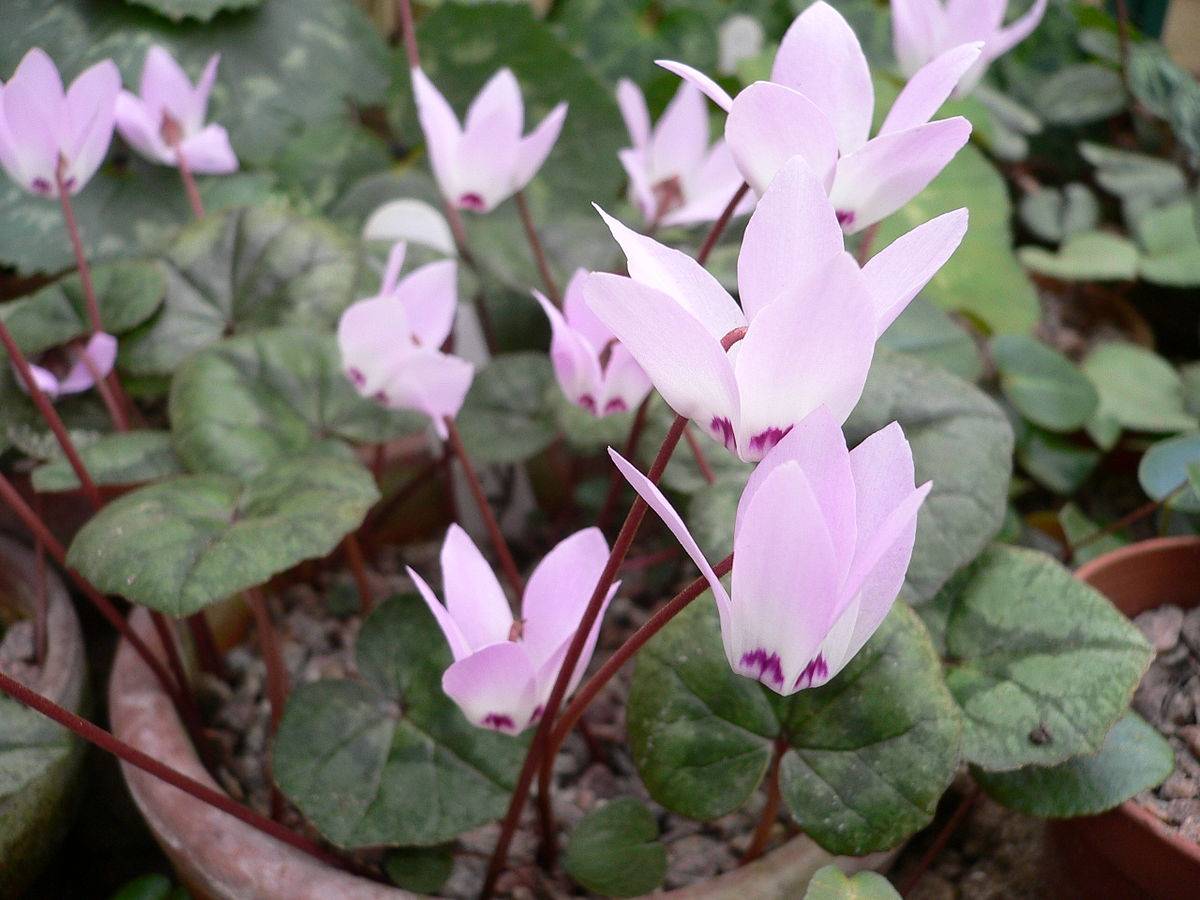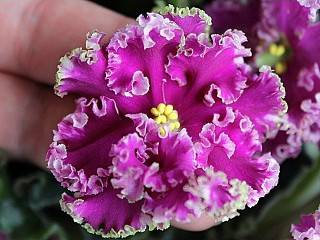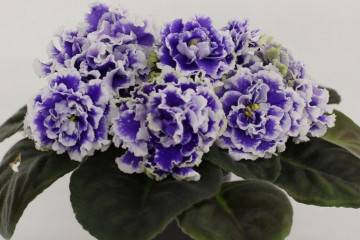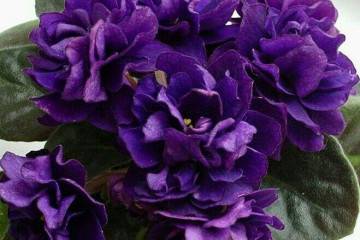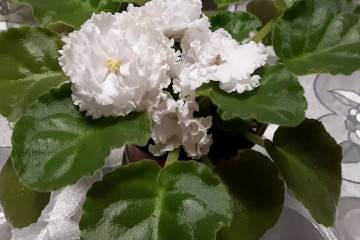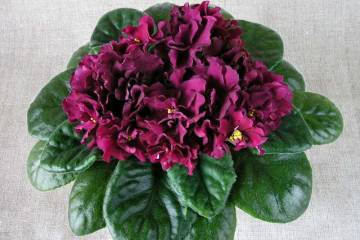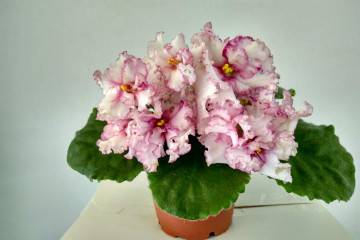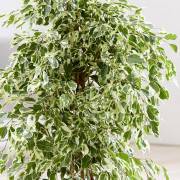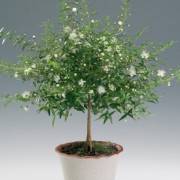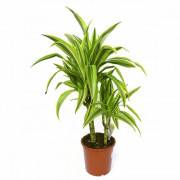Alpine violet - why is the cyclamen so called
Content:
Alpine violet is an ideal houseplant. She fell in love with many gardeners for brightly decorating the room all year round. Up to 50 buds are formed on one bush.
Alpine violet - general characteristics
Alpine violet is a perennial and belongs to the Primroses family. The homeland of the flower is considered to be the mountains and coastal territories of the Mediterranean Sea, but it also grows in the wild in the Caspian region and in the northeast of the African continent.
Domestic cyclamen grows from tubers and grows up to 30 cm. Leaves are located on red-brown shoots. The flowers have five petals and are located on long stems.
Varieties of indoor plants: names, what they look like
On the European continent, cyclamen began to be cultivated as an ornamental plant in the 19th century, when the fashion for bright flowering varieties began. Currently, there are several of the most famous varieties of violets.
Cyclamen persicum
In this species, the roots are in the form of tubers - they can grow up to 15 cm in diameter, and small roots form from their lower part. The leaves are heart-like and can be 14 cm wide. The leaf plate is green below and has a silvery pattern on top. The blossoming flowers are pink, white or lavender, with darker spots closer to the base of the bud.
Cyclamen European (Cyclamenpurpurascens)
In Russia, such a flower is known as grandmother's cyclamen. It is an evergreen herb with roots growing on all sides of a ball-shaped tuber that grows up to 10 cm in diameter. On the top of the dark green heart-shaped leaves, there is a silvery pattern. Below the leaf is dark red. Delicate pink flowers have a pleasant scent.
Cyclamen intaminatum
The smallest member of his family, originally from Turkey. On its shoots, leaves of a rounded shape, dark green in color with silver blotches grow. Flowers can be white or pale pink with no dark spots.
Cyclamen ivy (Cyclamen hederifolium)
This species is characterized by pink flowers, on which purple-purple spots appear at the base of the bud from August to November. In such cyclamen, flowers appear earlier or simultaneously with leaves similar in shape to ivy leaves. Therefore, the plant received such a name.
Cyclamen Lebanese (Cyclamen libanoticum)
The flower is named after the Lebanese mountains, where it was first discovered in 1895. In the period from February to April, it begins flowering, and large, pale buds bloom. They have small purple spots at the base. The leaves are quite wide, oval in shape.The surface of the leaf blades has a grayish-green tint and a marble pattern.
Alpine violet - home care
Alpine cyclamen is a rather unpretentious plant.To provide it with good conditions for growth, you need to know the basic rules for caring for it.
Lighting and temperature control
In an apartment or a private house, a flower needs a temperature of + 10-15 ° C for active growth. Therefore, in the summer heat, it must be removed to a cool place.
Although the mountain violet loves light, direct sunlight is contraindicated for it. It is best to grow it on windows facing the east or west side of the house.
Watering rules and humidity
The violet should be watered regularly and often during the flowering period. During rest, it is enough just to slightly moisten the soil. It is not recommended to overmoisten the soil in order to avoid the appearance of rot.
Cyclamen feels comfortable enough at low humidity. However, if the air is too dry or on a hot day, it can be sprayed with a spray bottle.
Top dressing and soil selection
Organic and mineral formulations are suitable for feeding. You need to fertilize the bush before the flowering period at intervals - once a week.
A plant substrate is obtained by mixing several components:
- 1 part of humus;
- 1 part sand;
- 1 part peat;
- 2 parts of sheet soil.
The acidity of the soil should be maintained within the range of 5-6 pH.
Flower container size
The cyclamen pot is selected depending on the size of the bulb - the container should be 3-4 cm larger than the diameter of the roots. If the capacity is less, then the root system will begin to rot and the flower will not bloom.
Pruning and replanting
The violet should be transplanted no earlier than a year after purchase. The process is carried out sequentially:
- A container is chosen slightly larger than the size of the onion.
- The drainage layer and a special substrate are filled up.
- The bulb sinks slightly into the soil.
- The soil is watered with a weak solution of potassium permanganate.
Bush pruning can be done in several cases. It is necessary to remove damaged or sore areas, buds that have dried up after flowering. And before the beginning of the dormant period, you can cut off the largest leaves.
Flowering features
Most cyclamen species begin to bloom closer to autumn. To do this, they need to be properly looked after - to provide a sufficient amount of fertilizers, lighting and air temperature. Depending on the variety, flowers can be of different sizes, shapes and shades - from delicate white to deep purple. The petals at the edges can be simple, carved, fringed or colored.
Different types of Alpine violets bloom in different periods. For example, the Persian cyclamen has buds in winter, and the European one - in the summer.
After the active phase, the plant begins a dormant period. At this time, it is better to transfer it to a dark, ventilated place, reduce the amount of watering and stop feeding it.
Reproduction methods
Cyclamen propagates in two ways: by dividing the tuber and by seeds. In the first case, after a period of flowering, a bulb is taken from the soil and divided into parts, each of which must contain a part of the root and a bud. New tubers are dried in a dark place, after which they are treated with antiseptics and planted in small pots.
Seed propagation is a rather lengthy process. To do this, you need to pollinate the flower and wait for the box to appear on it. When it grows up, it is cut, dried and seeds are taken out. To make them germinate, it is better to use peat tablets.
Diseases and pests
Alpine violet is susceptible to several types of diseases:
- If the bush begins to shed its leaves, it means that the room has a high temperature and dry air;
- Flower rot develops when the soil is waterlogged or a large amount of water gets on the leaves. The affected areas are removed, and the rest are treated with fungicides.
- If the flowers fall off quickly, then the soil is lacking in nutrients.
- When the tips of the leaves turn yellow and flowering stops, this means that the bush or roots are affected by a fungus. It is necessary to treat it with antifungal drugs.
Of all the pests for cyclamen, the most dangerous are aphids, thrips and cyclamen ticks. If found, the flower is treated with insecticides.
To get a plant that blooms in winter in your own home, the Alpine violet is the best option. With proper care, it will be the perfect decoration for your room.
